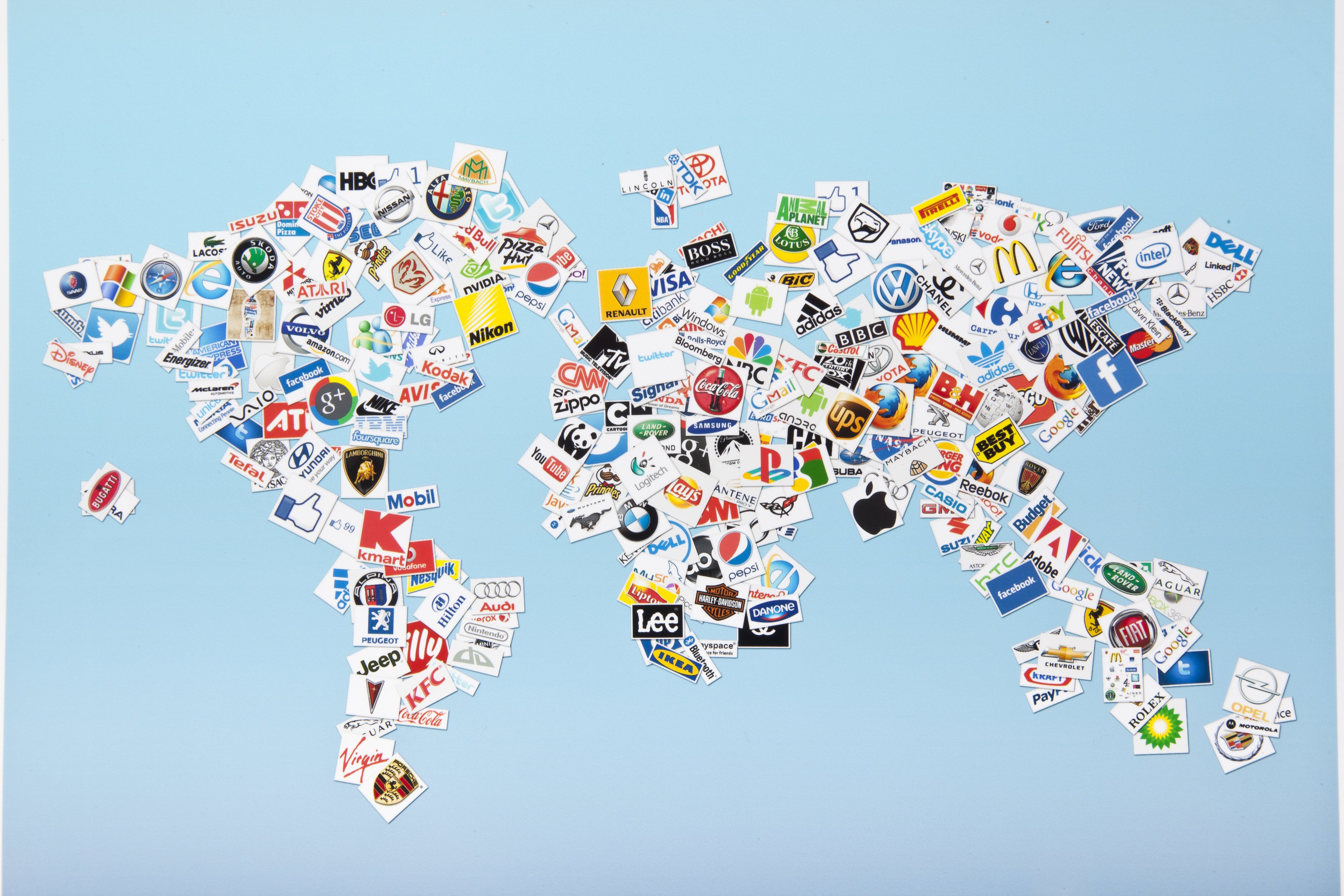Big In Japan

How to ensure your brand’s global relevance in markets… while avoiding those cultural faux pas
The rise of global business can bring a world of problems for brands wanting to move their enterprise from domestic to international. There are steps you can take to prevent cultural catastrophes.
One of the very worst words in the business language is ‘glocal’. The portmanteau of global and local is a crime of vandalism against the English language which describes the relationship between the market and the central. In marketing (especially) it’s how HQ-produced content needs translating, transcribing and transcreating (another one on that criminal chargesheet) assets to appeal to regions around the world without fear of offence or cultural misalignment.
The tales of these faux pas happening are many and legendary.
From Parker Pens mistranslating the word “leak” to “impregnate” to the Toyota MR2 being changed to the MR in French (say MR2 in French - it’s not pleasant), there are some stunning examples of messaging getting completely lost in translation. And that’s before we look at things like the ethnicity of models, the appropriateness of setting or political confusion.
What works for the eastern Europe might not be so palatable in the US and what works in America may, similarly, be offensive to those brands based in Asia.
For every Starbucks, Netflix or Coca-Cola (although Scotland where Irn-Bru holds strong by being the one of only three nations on Earth where the most popular is not Coke), there are examples where brands going global have encountered initial resistance and had to re-align their marketing, and even their products, to ensure global reach has local relevance. Infamously Whirlpool, the American multinational manufacturer of home appliances had a tough time selling in India because sarees, which can be up to five feet long, were getting entangled in the machines. Whirlpool designed machines with mechanics to prevent this, specifically for the market.
To win over the Chinese consumer, Coke revised its marketing to include local aesthetics and referencing specific holidays in China. And you can add to the list Tinder, AirBnB, Apple Music and Red Bull as companies which ensure local credibility as they extend around the world.
It doesn’t always work. Ask Domino’s, who had ambitious plans to build a pizza empire in, er.. Italy. It didn’t find flavour with the locals who are used to a different slice and the US company went from hoping to deliver 300 shops across the nation to exiting after just seven years. Turns out coals to Newcastle would have been easier.
It takes a degree of empathy with local cultural differences, a change in marketing methodologies while benefiting from global scale to ensure a brand is successful beyond borders.
What instant global communication has meant is that there needs to be close attention paid to what is published where. Great if you have brand eyes watching every market 24/7, not so good if you don’t. You can publish all the brand guidelines you like, but if new colleagues arrive, the local marketing manager moves on or someone didn’t check… you don’t have consistency, your brand ends up upsetting local consumers, and – worst case – you end up as a meme. The not-so-good social virality.
And this is - just one of - the use cases where Medialake really comes into its own. You can prevent marketing assets from appearing in markets where they will be far from appreciated. You can police locally what happens globally and make sure the right assets get to the right audiences. And, just as importantly, the ones you’d prefer to keep out of sight are, well… exactly that.
If this is something that is important to you, speak to Medialake about our bespoke AI policies to assist with making sure your content is market appropriate. To find out more, get in touch.


.png)



